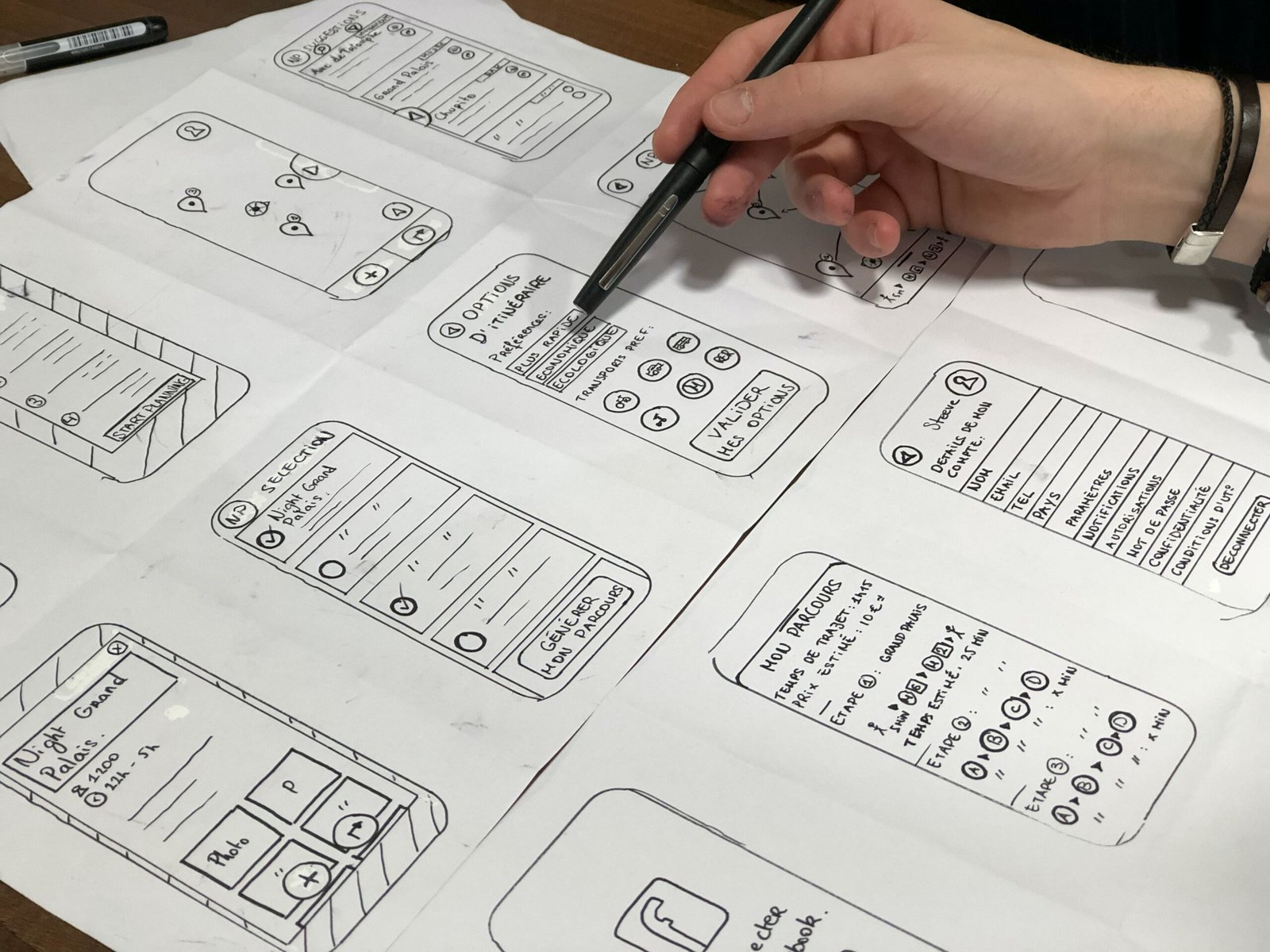Introduction
As technology continues to advance at an unprecedented rate, the field of User Experience (UX) design is poised for an exciting and transformative future. The coming years hold immense potential for UX designers to create innovative and seamless experiences that connect with users on a deeper level. In this blog post, we will explore some of the key trends and developments that will shape the future of UX design.
1. Immersive Experiences
In the near future, immersive experiences will dominate the UX landscape. Virtual Reality (VR) and Augmented Reality (AR) technologies are rapidly evolving, offering new avenues for designers to engage users in captivating and interactive ways. From virtual tours to 3D product visualizations, UX designers will have the opportunity to craft rich and memorable experiences that transport users to new realms.
Moreover, advancements in haptic technology and sensory feedback will further enhance these immersive experiences. Imagine being able to feel the texture of a fabric or the subtle vibrations of a virtual object. The integration of these tactile elements into UX design will create a more complete and engaging user experience, blurring the boundaries between the physical and digital worlds.
2. Personalization and Contextual Awareness
Gone are the days of one-size-fits-all interfaces. The future of UX design lies in personalization and contextual awareness. With advancements in artificial intelligence and machine learning, designers will be able to create interfaces that adapt to individual user preferences and anticipate their needs.
Imagine a website or application that understands your unique preferences, adjusts its layout and content accordingly, and provides personalized recommendations tailored specifically to you. This level of personalization will not only enhance user satisfaction but also streamline interactions and maximize efficiency.
3. Voice and Gesture Interfaces
With the rise of smart speakers and voice assistants, voice interfaces have become increasingly prevalent in our daily lives. In the coming years, voice and gesture interfaces will become even more prominent, revolutionizing the way we interact with technology.
From voice-activated commands to intuitive hand gestures, these interfaces will offer a more natural and intuitive way of interacting with digital devices. UX designers will need to embrace this shift and design interfaces that are optimized for voice and gesture inputs, ensuring a seamless and effortless user experience.
Conclusion
The future of UX design is promising and filled with exciting possibilities. Immersive experiences, personalization, and voice interfaces are just a few of the trends that will shape the landscape of UX design in the coming years. As designers, it is essential to stay ahead of these trends, embrace innovation, and continue to create experiences that delight and connect with users in meaningful ways.


